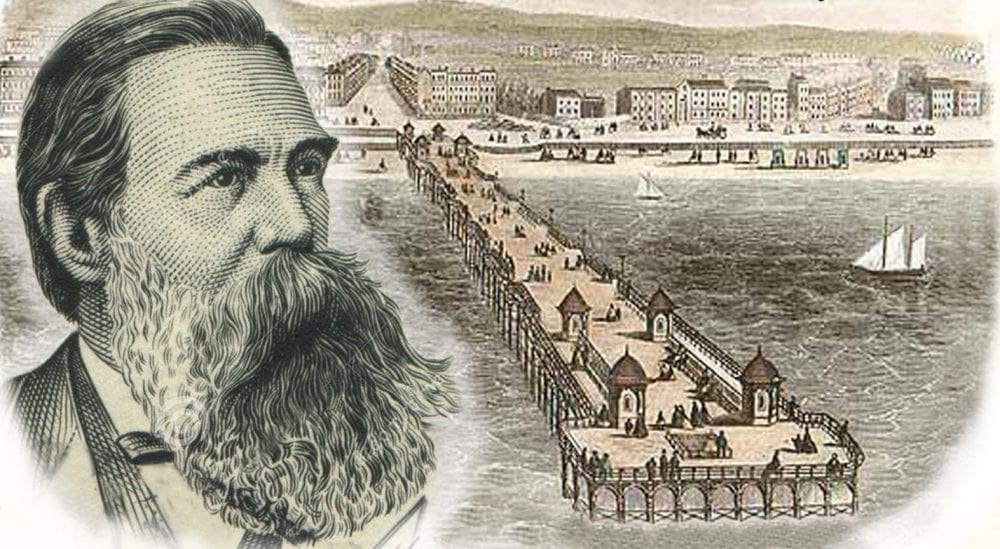Eastbourne has a wider and longer connection to radicalism than simply Friedrich Engels – and our Radical Eastbourne series will begin to outline some of this rich ‘hidden history’.
George Orwell and St Cyprian’s School
George Orwell in September 1917, not long after leaving St Cyprian’s School
The young Eric Blair – later better known as the writer George Orwell – attended the prep school St Cyprian’s School in Eastbourne from 1911-1916 – and Orwell later denounced the brutality of the masters there in his 1952 essay ‘Such, Such Were the Joys’.
As Andrew Watson notes,
‘Some of Orwell’s time in Eastbourne found its way into his fiction: in his ‘fairy tale’, Animal Farm, the local village is named after Willingdon, just to the north of town; its pub, The Red Lion, is where Farmer Jones gets drunk; and Manor Farm, where the revolution takes place, is based on Chalk Farm on the edge of the Downs. If Orwell used simple landmarks that he would have come across on ‘character-building’ walks for settings in Animal Farm, the area had a more profound effect on his final novel. The Last Man in Europe was Orwell’s original title for Nineteen Eighty-Four, and it perhaps gives us a further clue to how he felt about his time in Eastbourne. Exposed as a young child to an authoritarian regime that was, by turns, caring and violent, the sense of isolation and powerlessness that Winston Smith feels in Orwell’s most well-known novel can be traced back, in Such, Such Were the Joys, to his five long years at St. Cyprian’s.’
In 1936, George Orwell went to Spain to fight fascism during the Spanish Civil War – and his contribution here is discussed on the Remembering the Sussex Brigaders website.




